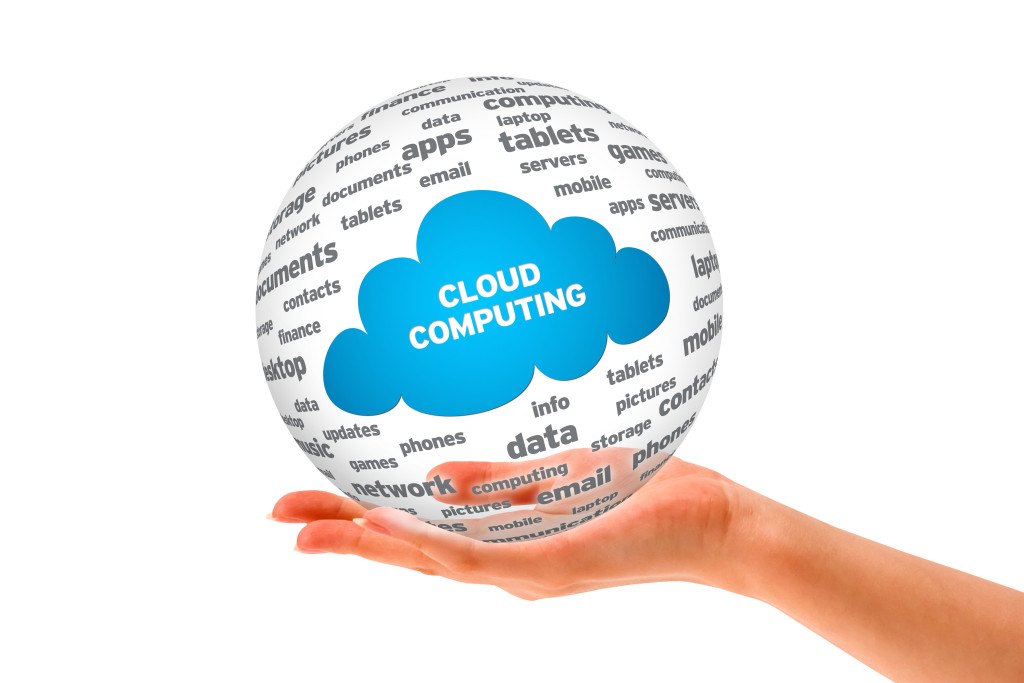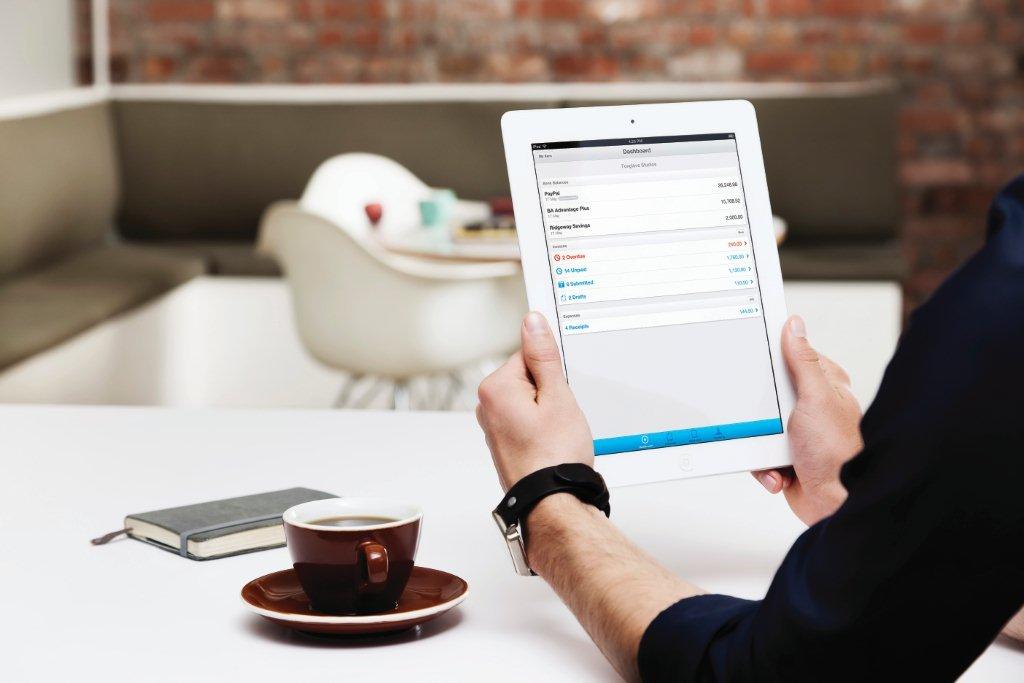5 Essential Services for Small Business Owners
A recent report published by research house Bstar has highlighted the lack of preparedness of many business owners.
| The recent Bstar 2016/17 SME Research Report revealed the following observations:
· Indicates 72 per cent of small businesses don’t have a formal business plan. · Only 34 per cent of SMEs spend time on strategic planning. · Further, 95 per cent of SMEs believe opportunities exist to grow their business, however only 22 per cent have a plan in place to grow their business’ value. · SMEs also have an “urgent” succession planning need, with 90 per cent of SMEs not having a formal succession plan in place. · Also, 70 per cent of SMEs believe their business has key person risk, with only 30 per cent believing their business can operate without them. |
Does this sound familiar? If so we would like to draw your attention to the following essential service offerings:
- Business Plan
A business plan is a formal statement of business goals, reasons they are attainable, and plans for reaching them. It will usually contain background information about the organization or the relative strengths and weaknesses compared to competitors as well as macro issues such as opportunities and threats.
A business plan will help a business to obtain finance, it helps identify potential problems, provides a greater understanding of your marketplace, it provides direction and clarity as well as greater accountability.
Ideal for medium to long term planning and giving your team direction!
- Strategic Planning
Strategic planning is a business management activity that is used to set priorities, focus energy and resources, strengthen operations and ensure that employees and other stakeholders are working toward common goals.
It also helps establish agreement around intended outcomes/results, as well as assessing and adjusting the business direction in response to a changing environment.
Ideal for establishing and communicating your short to medium term priorities!
- Business Model
A business model is the way in which a company generates revenue and makes a profit from business operations.
A review of your business model involves looking at core activities in relation to current customer and market demands, how efficient the business is, how the business’s goals are progressing, your current financial position and where you sit compared to your competitors in the market.
Ideal for assessing where future profits will come from when growth stalls!
- Succession Plan
Succession planning is a process for identifying potential buyers or developing people with the potential to fill key business leadership positions in the business.
Succession planning will help you to maximise the value of your business, it will help identify the main pathways and help set relevant timeframes. It will help identify the key financial considerations, any potential risks that need managing and what personnel and skills needed to be retained within the business.
Ideal for planning and maximising the return from your departure from the business!
- Key Person Dependency Risk Analysis
Key person dependency is when either you or one of your employees is solely responsible for something and there is no back-up plan.
To counter key person dependency the focus needs to be on developing the right systems for your business, finding the right talent and/or skillsets, delegation and empowerment, time management, setting priorities while still having adequate control through monitoring the right KPIs and appropriate accountability.
Ideal for business owners that need to free up time for other interests!
All business owners need to plan for their success. If you need assistance in regard to the topics above or any other business development issues we encourage you to contact one of our knowledgeable team members as soon as possible.







